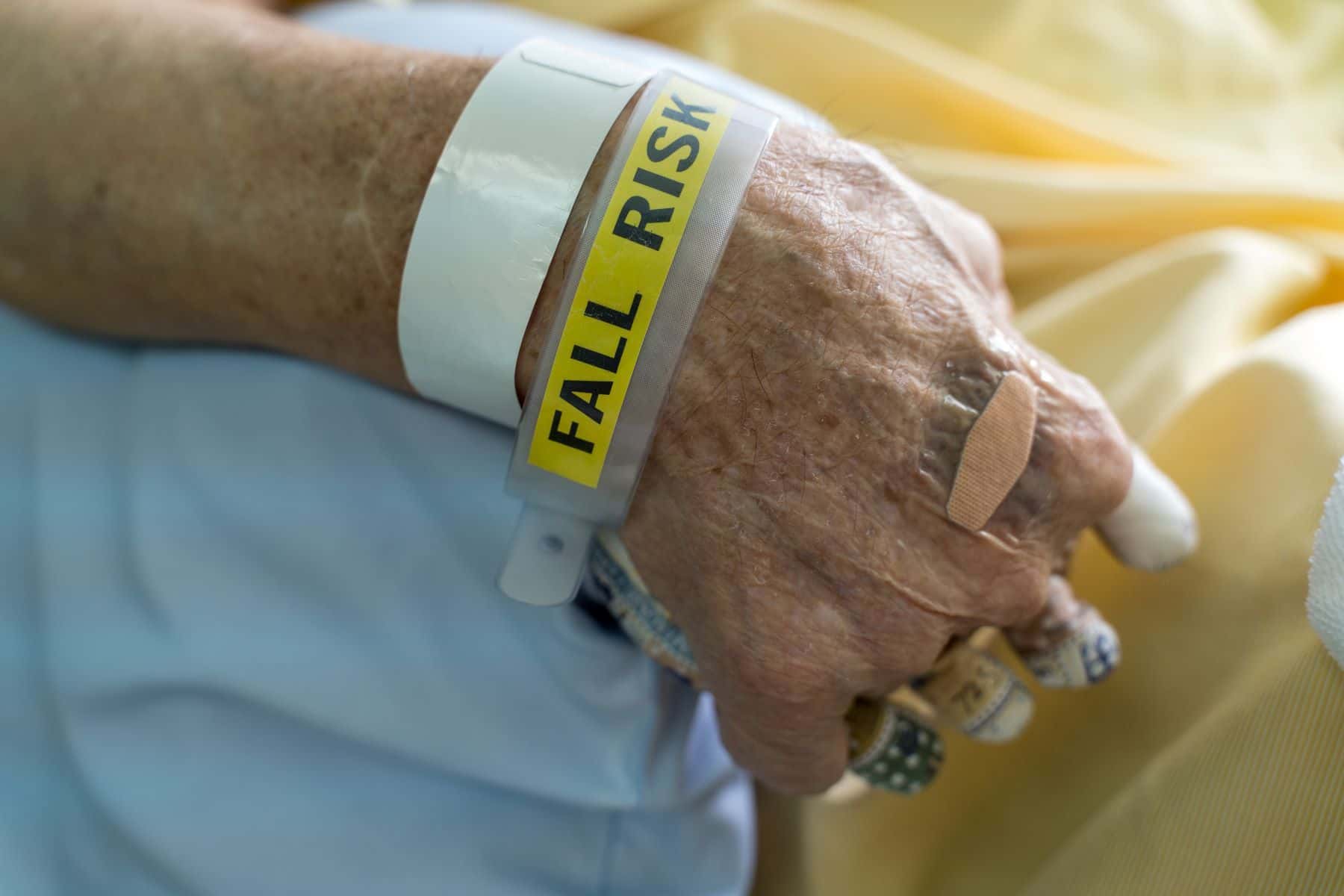Inadequate Fall Precautions Result in Injury for High Fall Risk Patient
This case study examines a situation where an adult male patient, recovering from a motorcycle accident and identified as a high fall risk, suffered further injury due to inadequate fall precautions.
Case Overview
This case study focuses on an adult male who sustained multiple traumatic injuries in a motorcycle versus vehicle accident. The patient was hospitalized for several weeks, initially in the Intensive Care Unit (ICU), then transitioned to a step-down unit, and finally moved to an ICU recovery unit.
During his recovery, the patient was sedated and identified as a high fall risk due to his condition and medication regimen.
According to family reports, he had a history of hallucinations under narcotic medication. Once deemed stable, the patient underwent surgery to repair a left elbow dislocation and was returned to the floor.
His narcotic medication was resumed for pain management, and he was ordered to have 2+ assist for ambulation. However, the patient attempted unassisted ambulation and fell, resulting in a complex fracture in his already injured left elbow. This injury could not be adequately repaired, necessitating surgical fixation at 90 degrees.
A physician hospitalist with specialized experience is required to evaluate the standard of care provided in this scenario.
Questions to the expert and their responses
How often do you treat patients who have recently been moved from the ICU to a recovery unit or similar and are at risk of falling?
In my 12 years as a practicing hospitalist, I frequently encounter patients transitioning from the ICU to a recovery unit who are considered fall risks. These patients are often deconditioned and susceptible to falls.
What are the appropriate fall precautions for a patient who suffered significant injuries in an MVA and is on narcotics for analgesia?
The suitable fall precautions for such a patient depend on various factors including mental status, prior history of falling, and degree of assistance needed.
Precautions can include bedside commodes, bed alarms, medication adjustments, staff assistance with walking, proactive toileting, more frequent rounding by staff, and one-to-one supervision.
What factors should be considered before prescribing narcotics to a patient with a history of altered mental status when taking narcotics?
When considering a narcotic prescription for a patient with a history of altered mental status while on these medications, it’s crucial to balance the benefits against the risks.
Benefits include managing severe pain, facilitating participation in therapies like physical therapy or dressing changes, and mitigating negative impacts of pain such as pain-induced delirium.
Risks encompass worsening mental status, potential issues arising from altered mental status, prior misuse problems, and other side effects from narcotics.
About the expert
This expert is a seasoned hospitalist with over ten years of experience in internal medicine, backed by an impressive academic background that includes a BS from a prestigious Ivy League university and both an MPH and MD from a renowned medical school. They further honed their skills through an internal medicine and pediatrics residency at a leading university hospital, earning board certification in internal medicine. Currently serving as an associate professor, academic hospitalist, physician advisor at a university, and the associate medical director of a home care service, this expert brings extensive practical and leadership experience to the case study.

E-985243
Specialties:
About the author
Find an expert witness near you
What State is your case in?
Subscribe to our newsletter
Join our newsletter to stay up to date on legal news, insights and product updates from Expert Institute.



